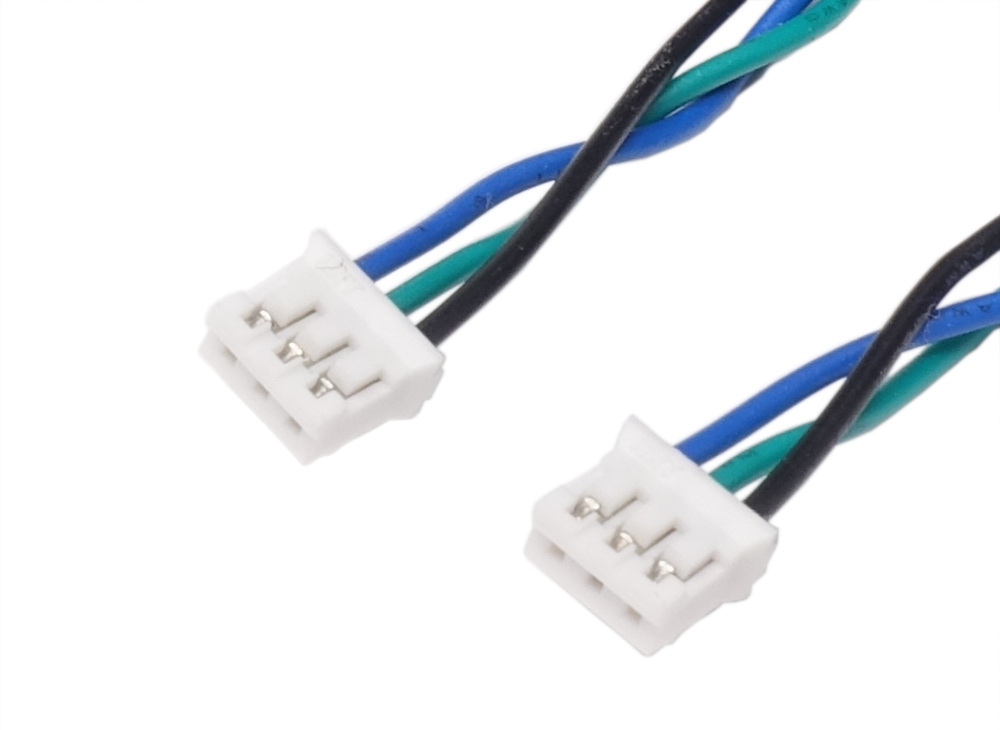New nice to have accessories at mjbots.com
This is a quick post to highlight two new nice to haves at mjbots.com that have been long requested.
First, is a pre-built JST PH3 CAN-FD cable, initially available in 30cm lengths. It can be used to daisy chain between controllers, or connect up a pi3hat. Use it as is, or cut it and strip the wires to easily build a JST PH3 to pigtail cable.
Second, is a pre-built CAN-FD termination resistor that can be directly plugged into a JST PH3 receptacle on the moteus controller. This uses split termination to achieve 5Mbps bandwidth over longer daisy chains than can be achieved with a simple one-resistor terminator.

